15 Amazing Camel Fun Facts
These camel facts won't give you the hump! Check out these great camel facts and find out all about these clever desert dudes and they're lives!
Find out all about cool camels and how they survive in the desert with these 15 amazing camel facts! We'll tell you where they live, why they've got such big lips, and how many eyelids they have (clue: more than you!). So check out these fun camel facts! And if you liked these, we've got loads more animal facts here! How about these awesome axolotl facts? Or maybe you're after some crazy capybara facts? And for anyone who likes living dangerously, there's even honey badger facts!
1. There Are Several Different Types of Camels
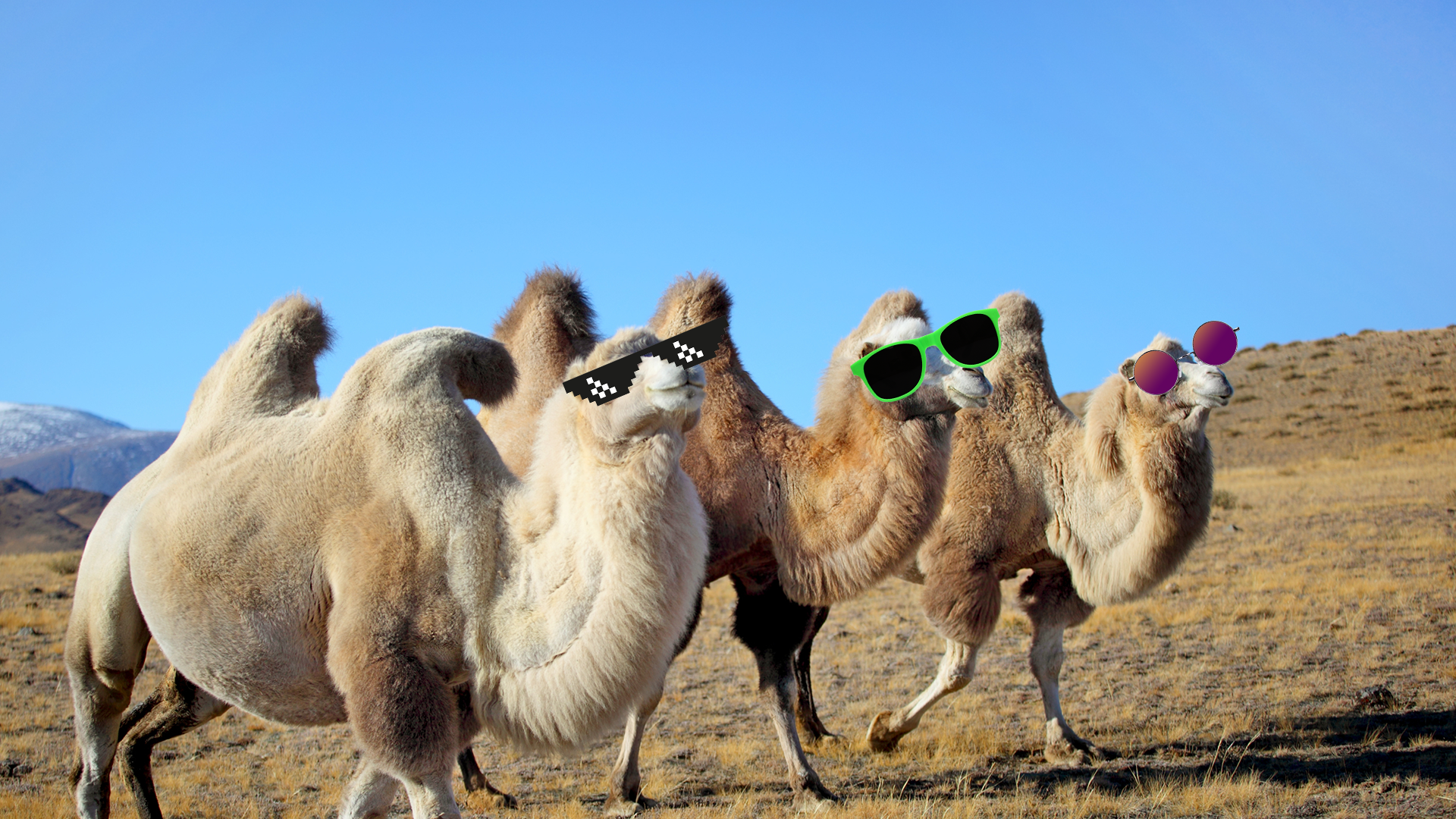
There are currently three defined species of camel - the one-humped dromedary, the two humped Bactrian camel, and its cousin the wild Bactrian. Bactrians can be found in central and east Asia, whilst the Dromedary is usually found in North Africa and the Middle East. Sadly, the wild Bactrian is currently critically endangered, and needs help to make sure it doesn't go extinct!
2. Camels Live in Deserts
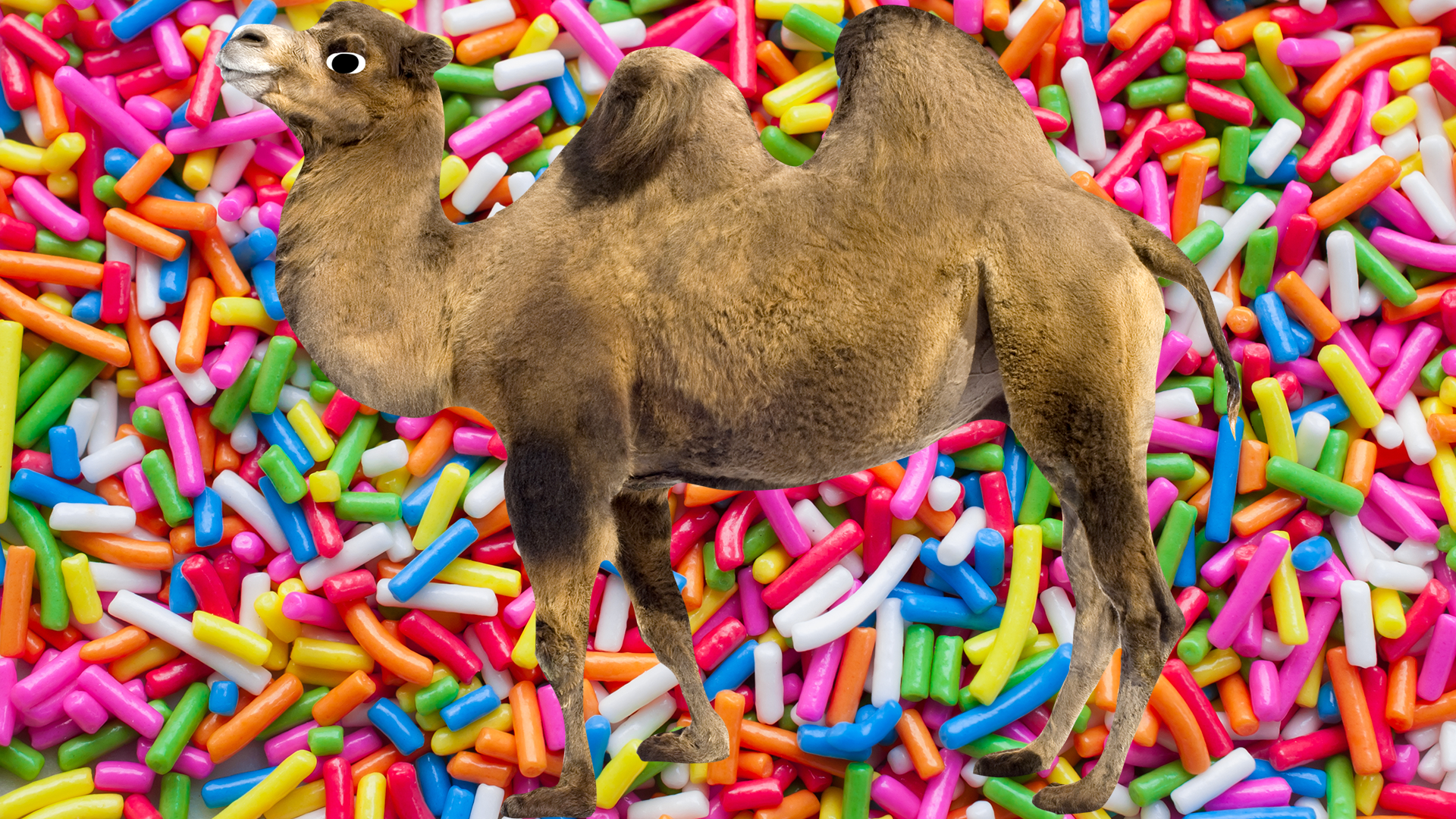
No, not desserts, DESERTS! Camels are specially adapted to live in dry, hot conditions in places like North Africa and the Middle East. They have special eyelashes and eyelids to protect themselves from sand storms, specially adapted skin so they can sit on the hot ground, and wide hoofs to spread their weight on the uneven sandy surface. Clever!
3. Camels Are Related To Llamas
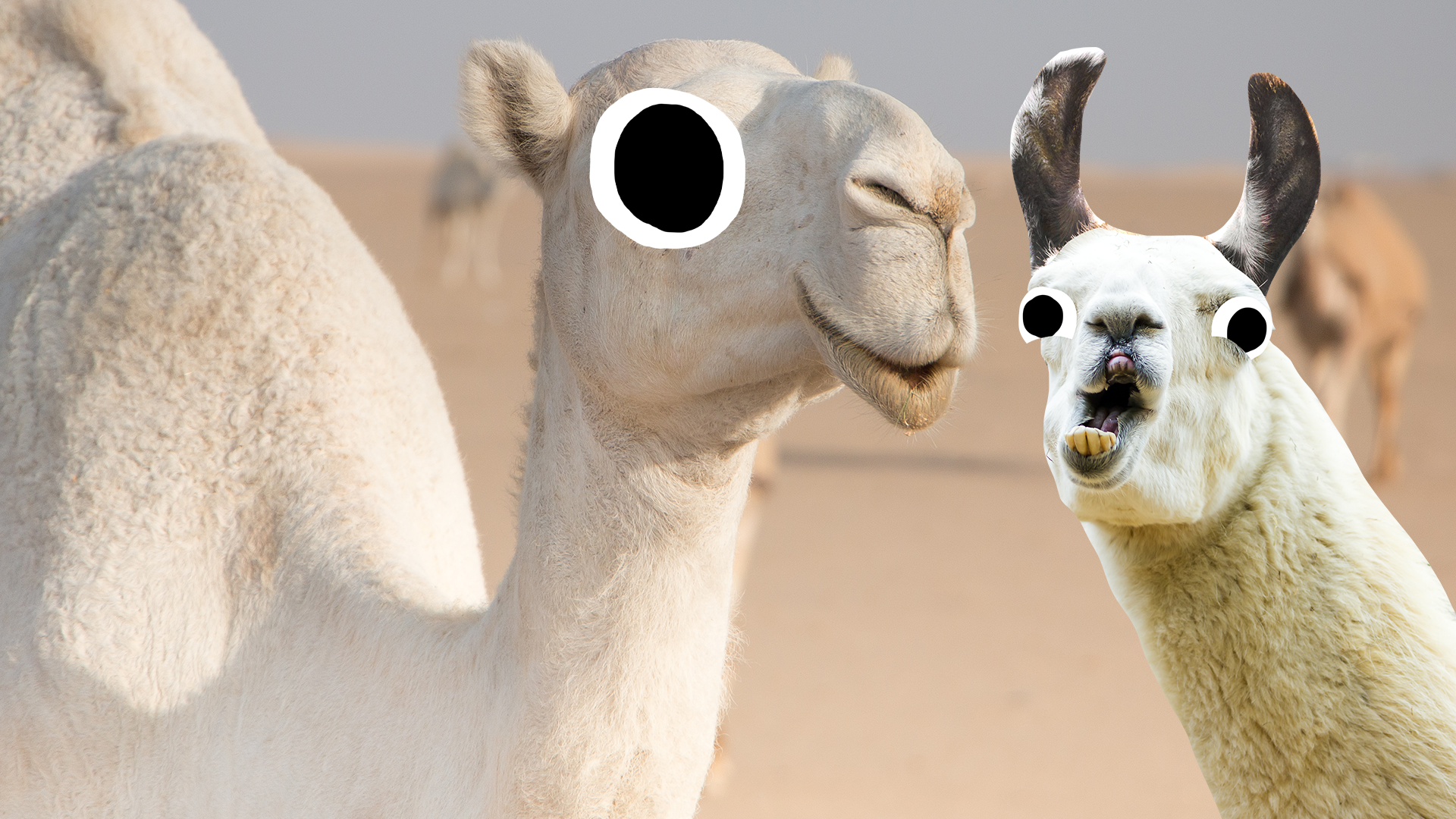
Even though camels and llamas live REALLY far apart on different continents, they are relatives! They are both part of the Camelidae family, which also includes alpacas, vicunas and guanacos, all of which are also found in South America. You can even get a cama - which is a hybrid llama camel animal!
4. They Store Fat in Their Humps
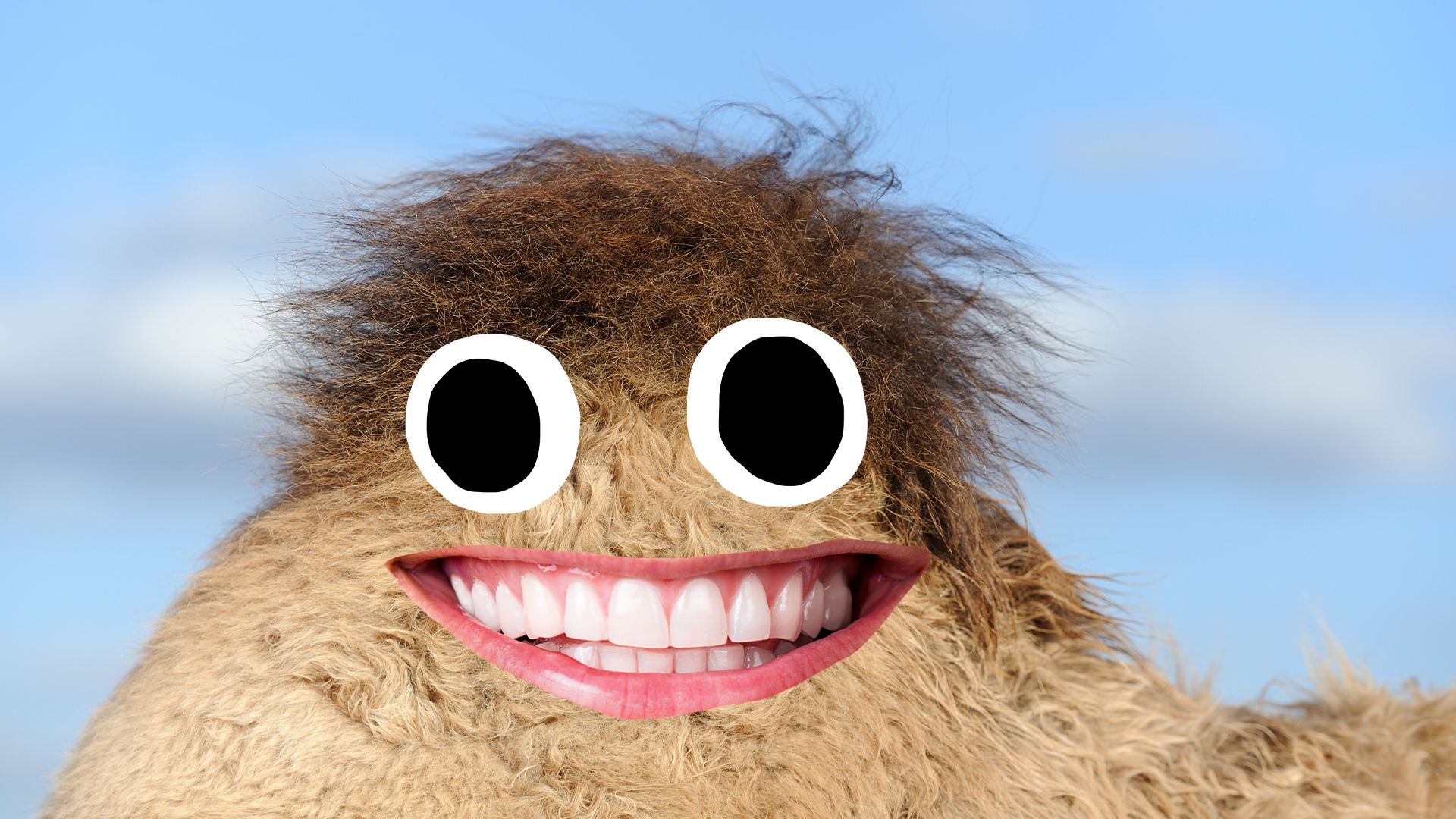
You might have heard that camels store water in their humps, but that's not true! They actually store fat, which means they can live for long periods of time without food in desert conditions. They also have very dry droppings, which means they retain as much water as possible in some of the driest places on earth. If they REALLY need to, their hump lets them survive in the desert without water for several months!
5. They Have Three Sets of Eyelids...
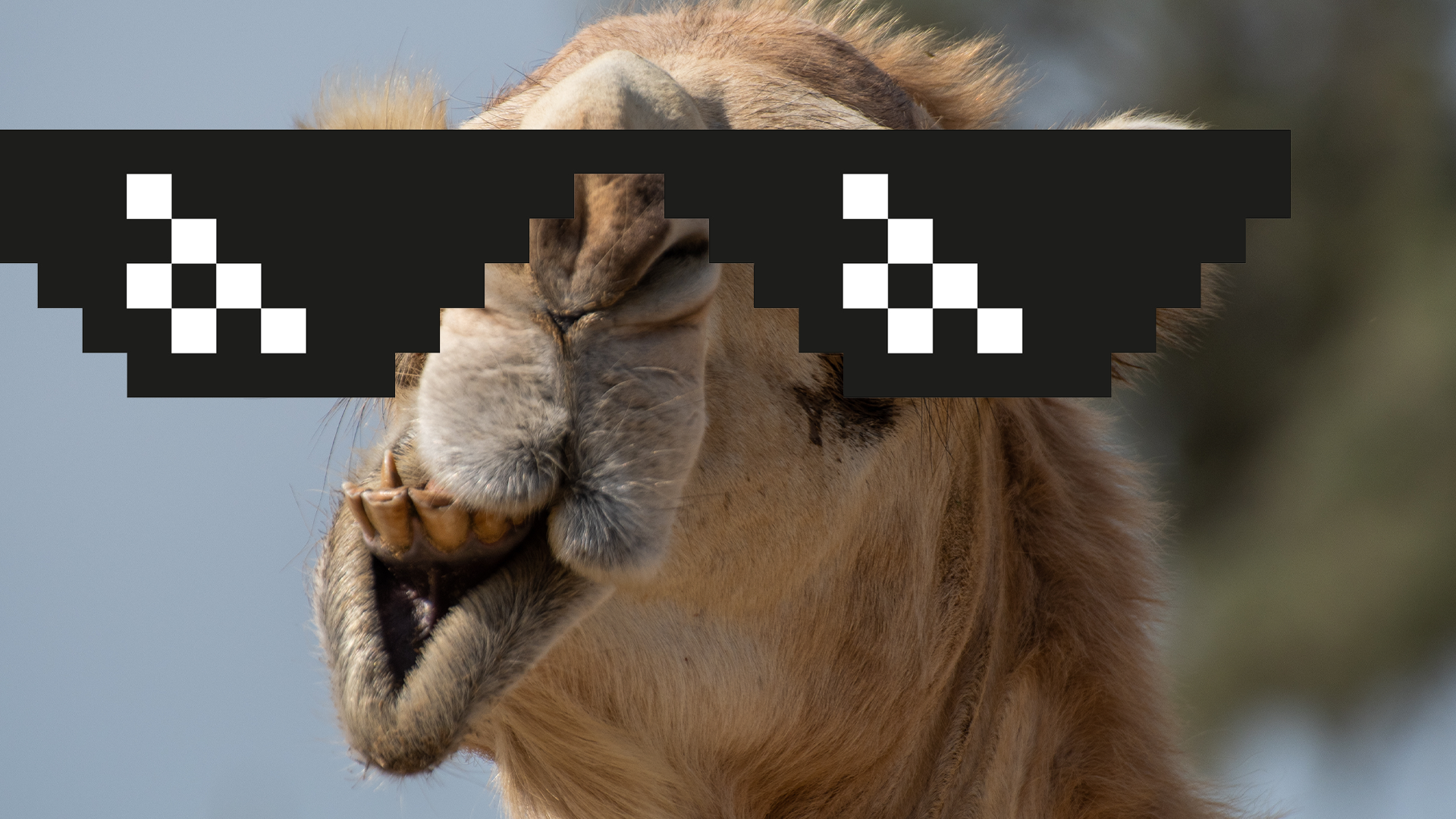
Weird but true! Camels have three sets of eyelids because, you guessed it, they live in the desert! It's extra important for them not to get sand in their eyes during sandstorms, so these extra eyelids help protect them! One of these lids is even transparent, so they can see through it!
6. And Two Rows of Eyelashes!
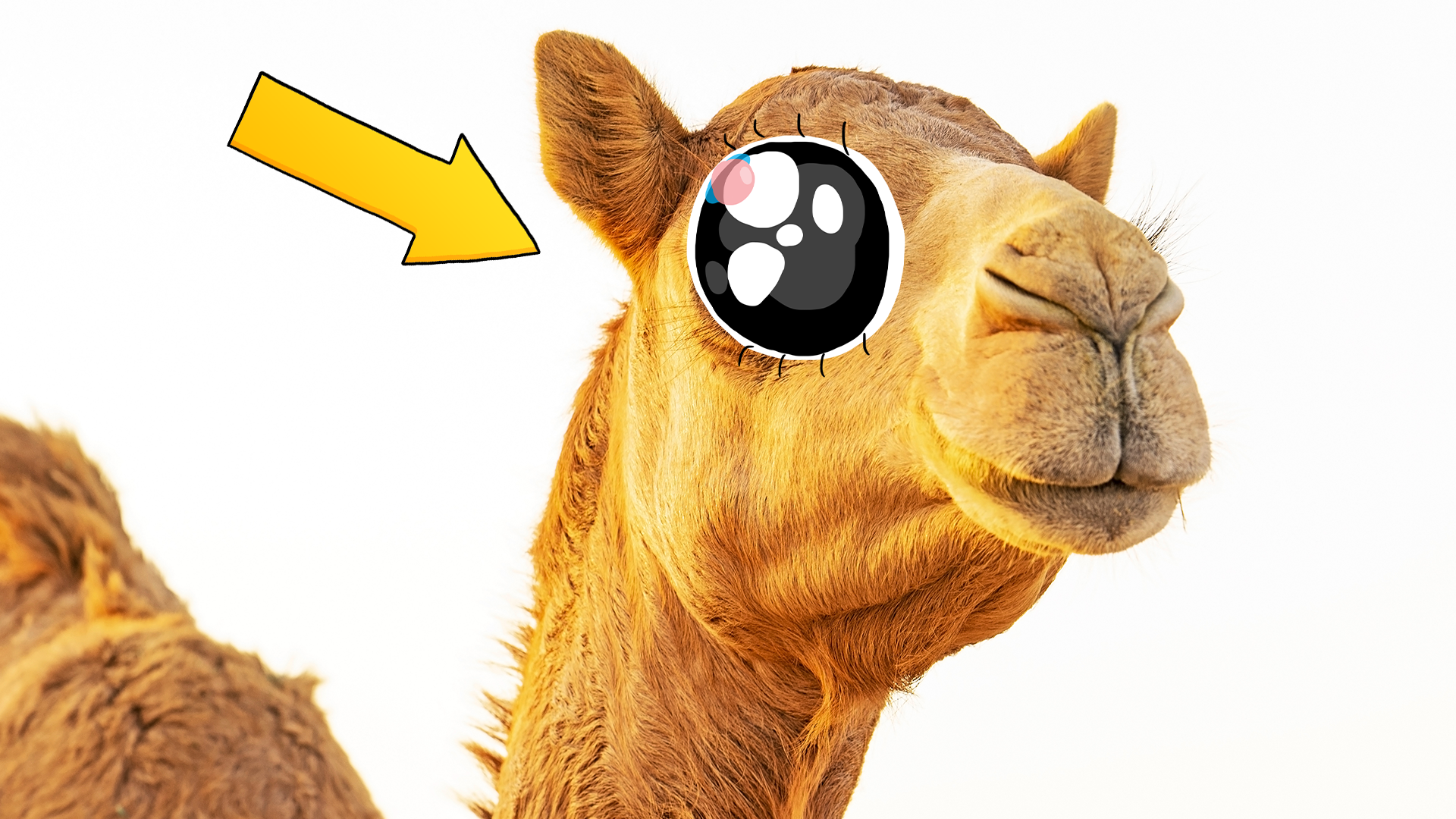
Not because they like to look beautiful, although of course they do, these eyelashes are also for extra desert protection - they trap dirt and grime before it gets in the eyes and helps them see in dusty conditions. Would you add a couple of pairs of falsies to help you see better? Probably not, but your eyes would look fabulous!
7. Camels Like To Spit
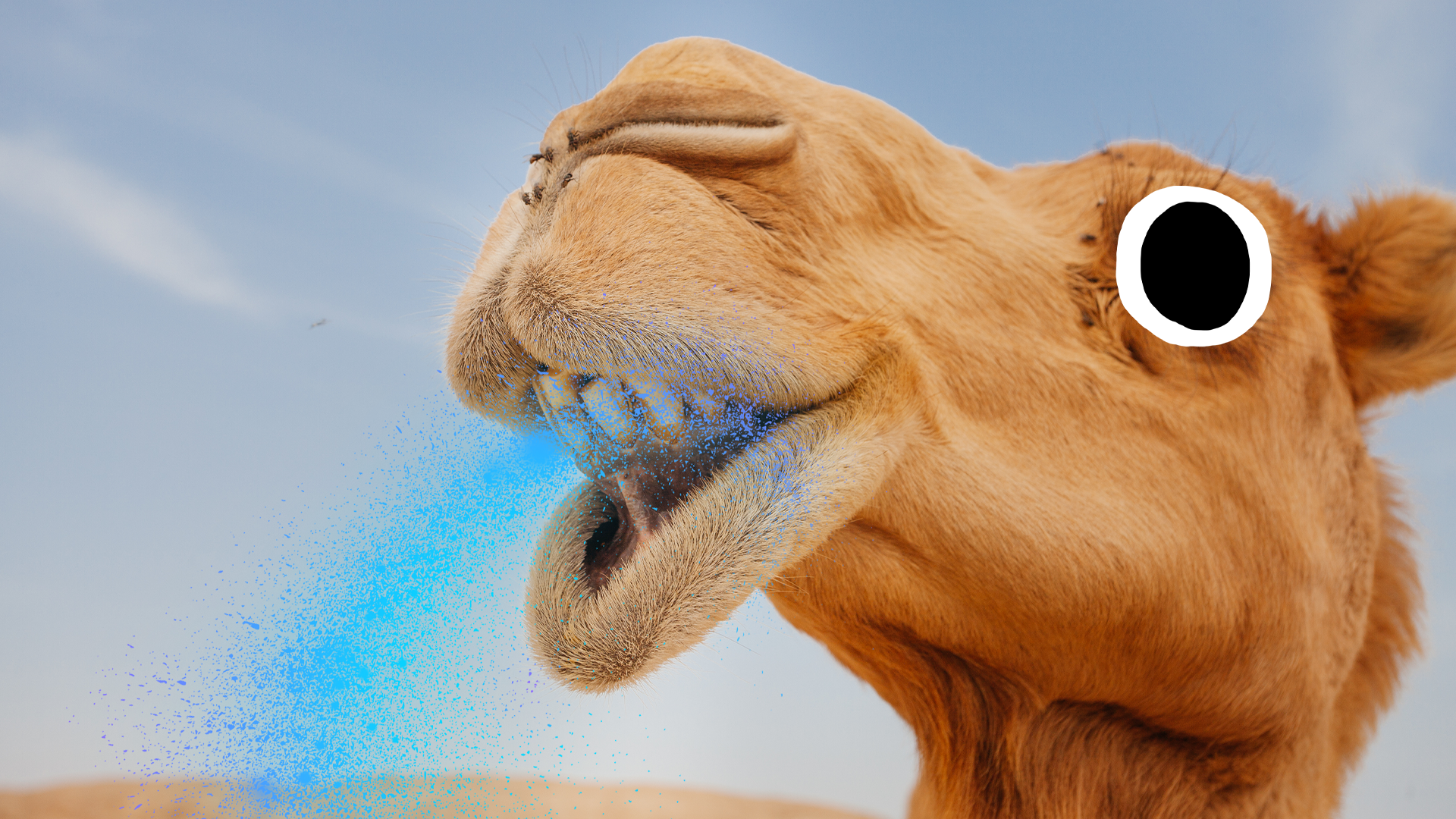
Camels can be pretty gross when they want to be. Even though its super super gross and not polite for humans to spit, camels don't follow the same rules. In fact, when they're feeling annoyed, spitting is one of the ways they let everyone know how grumpy they are! Camel spit is actually a mixture of saliva and stomach contents (Yuck!) and they can spit really far, so watch out! Luckily they only do it when they feel threatened, so be nice and you should be fine!
8. They Have Super Strength
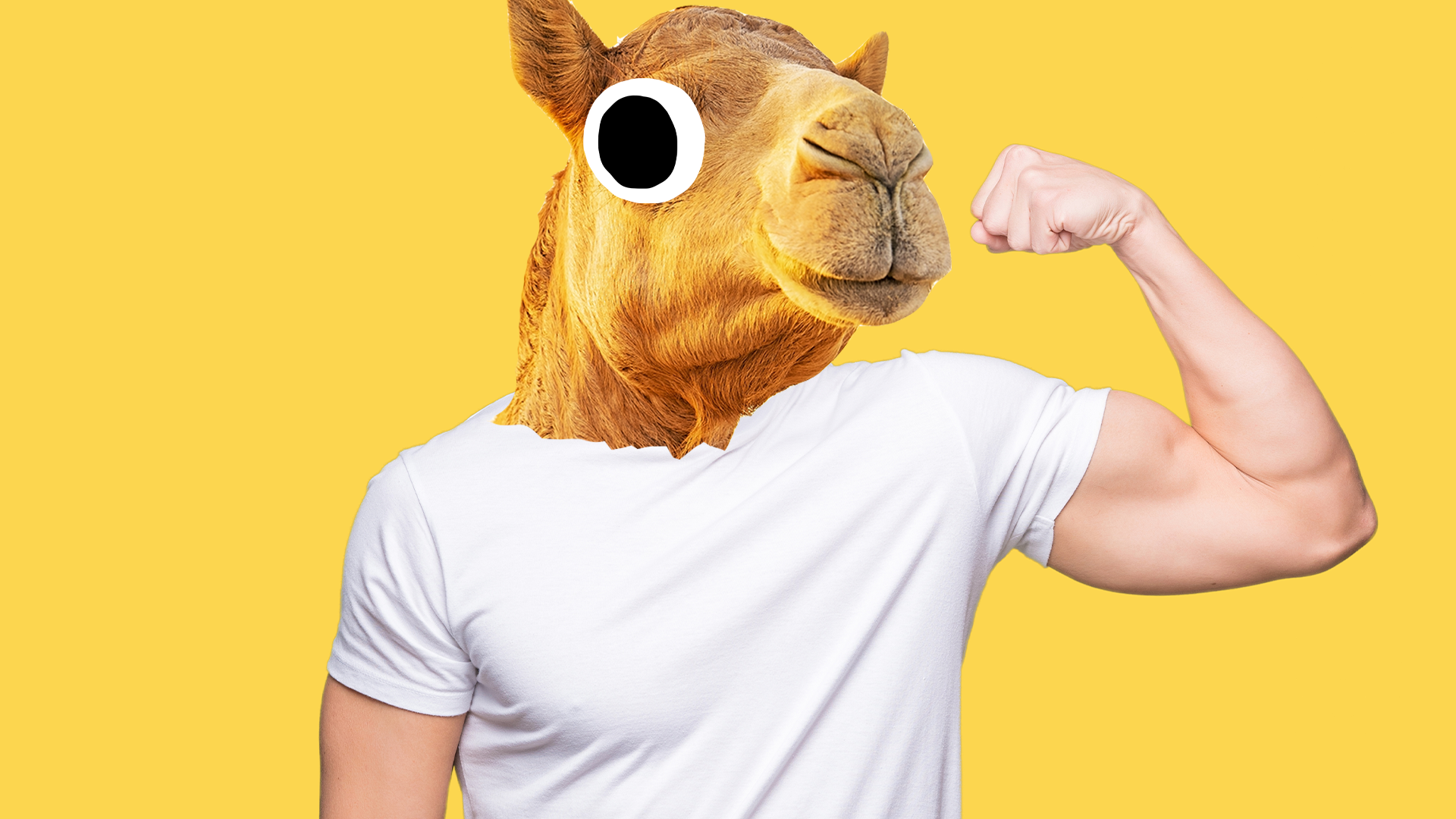
They might look unsteady on those spindly legs, but camels are actually really strong! They can carry up to 900lbs of goods on their backs! That's about 8 yous! This means they're able to transport lots of goods and people across long distances fairly easily, making them super useful animals. They can also travel pretty fast when they want to - up to 65kmph!
9. They Can Open and Close Their Nostrils
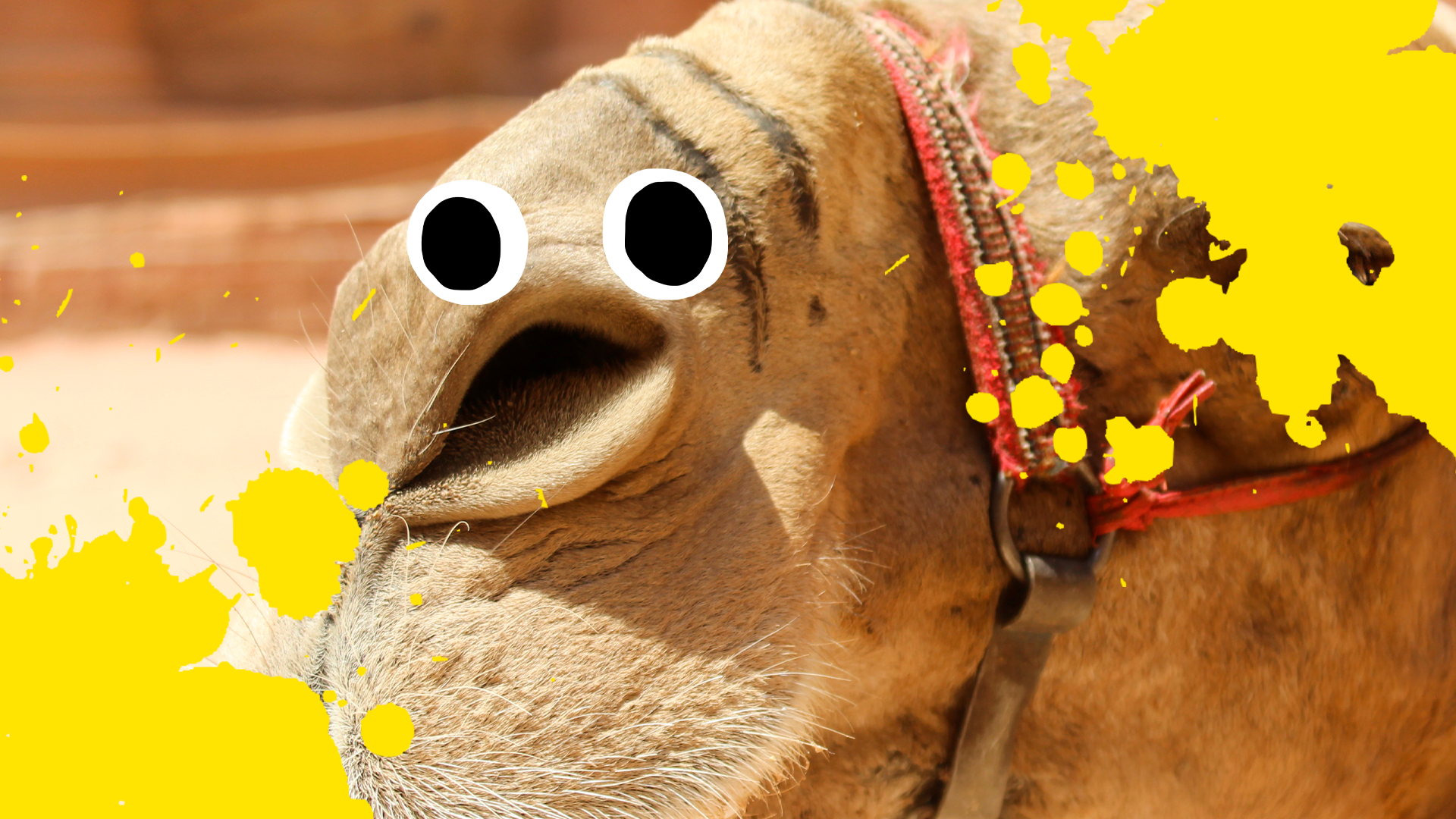
Camels have the ability to open and close their nostrils to help with, you guessed it, desert conditions! Sandstorms can be very unpleasant to encounter, and nobody wants a nose full of sand, so camels have much more control over their nostrils than we do, and can seal them right up when they want to avoid getting a gritty nose. Yet another super ability which makes the camel desert proof! And if you're wondering why they have such pouty lips...it's for pulling grass and other plants out of the tough ground! Clever!
10. They Are Born Without Humps
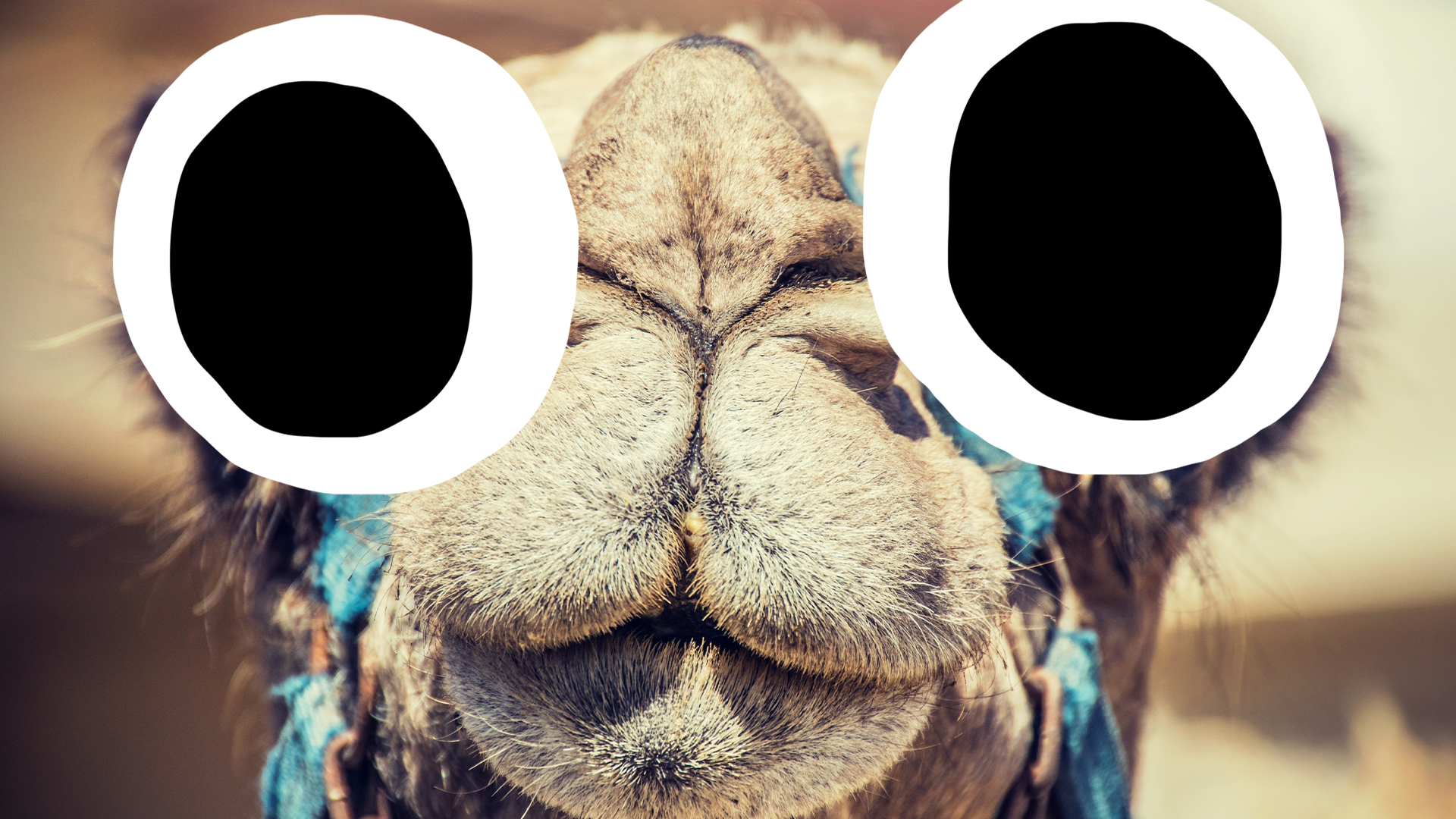
Although their humps are perhaps the most famous thing about camels, they're not actually born with them! Camel humps develop over time, although they are born with little bumps which show where the hump will be. The humps get bigger as they become full of fat, and a full grown camel hump can be huge!
11. There Are Lots of Different Words For Camel
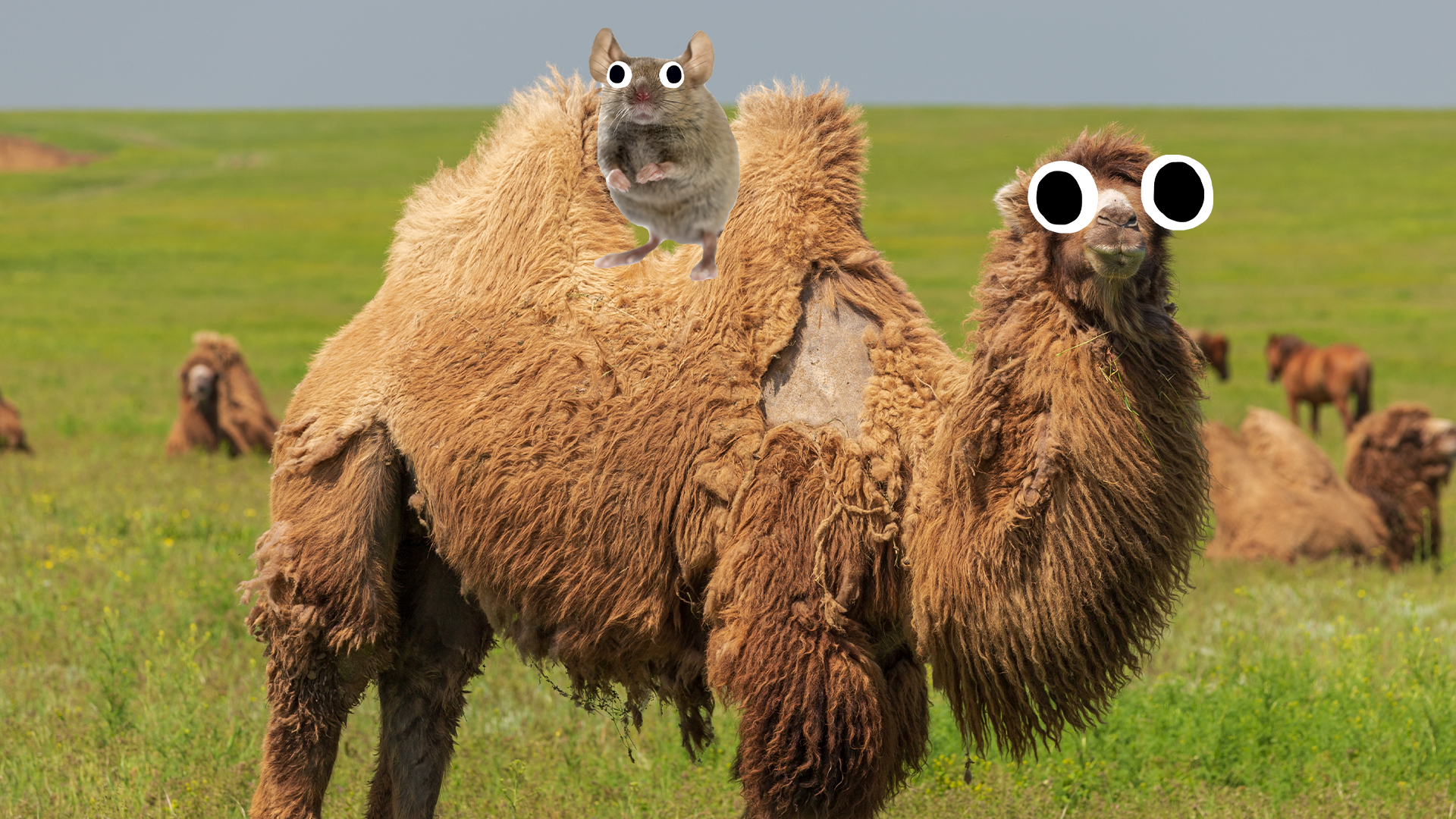
In English we have one word (and, you guessed it, it's...camel) but in Arabic there are over 100 words for camel! At one point in history, there were even more, maybe up to 1,000! These names are generally helpful ways to identify camels, such as male, female, strong, stout - there's even a dozen different names for different types of camels and how much they drink! Phew, one word is probably all we can handle for now!
12. They're Very Fast
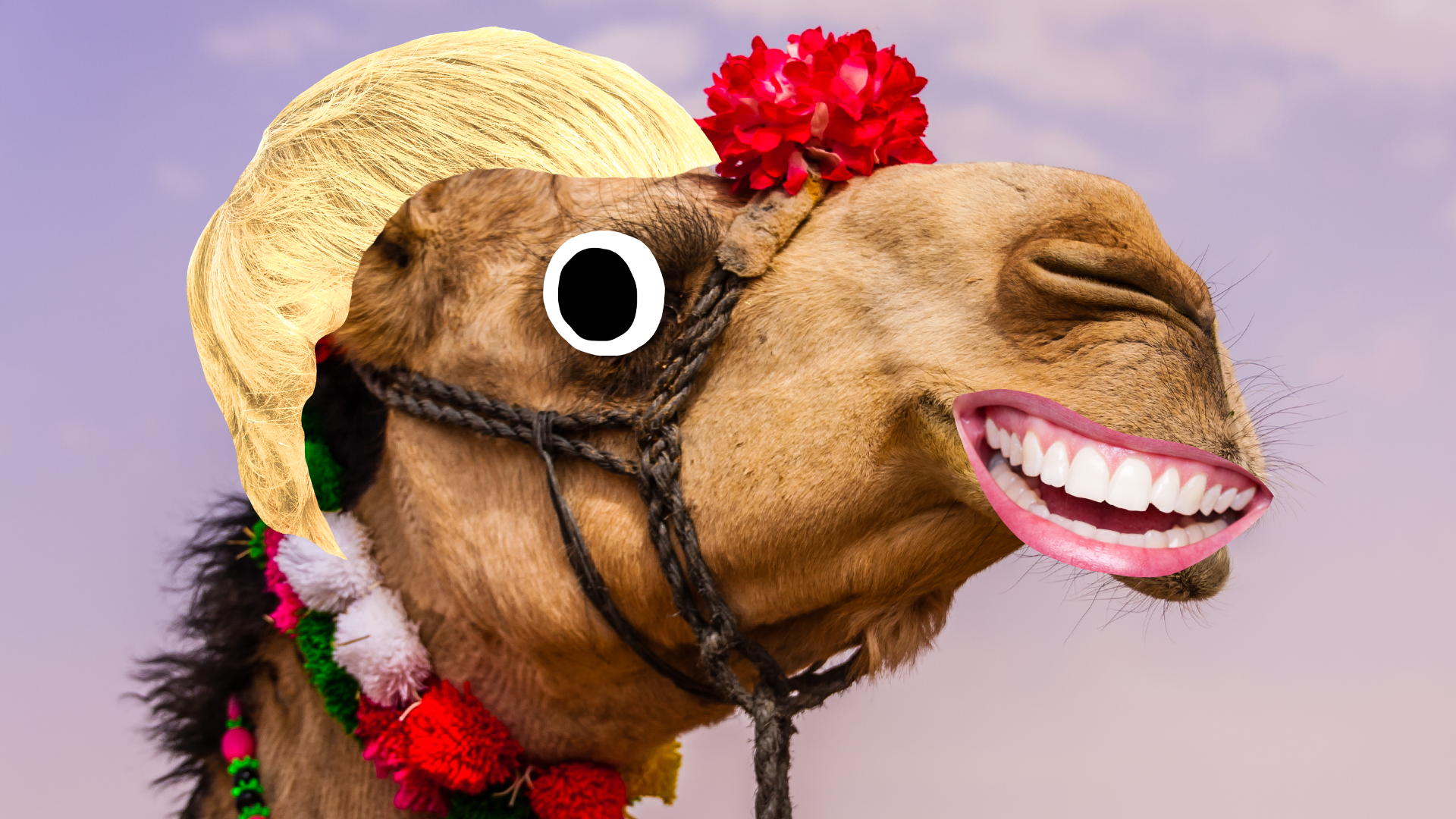
Camels aren't quite as fast as horses, but you'll definitely want to choose one if you're in the desert! They're much better desingedf to run on sand than horses, and they can go a pretty nifty 40mph - definitely faster than you, at least! The amount they can carry also makes them super useful, and that's why even today they're used all over the world for travel and transportation.
13. You Can Eat One...If You Really Want
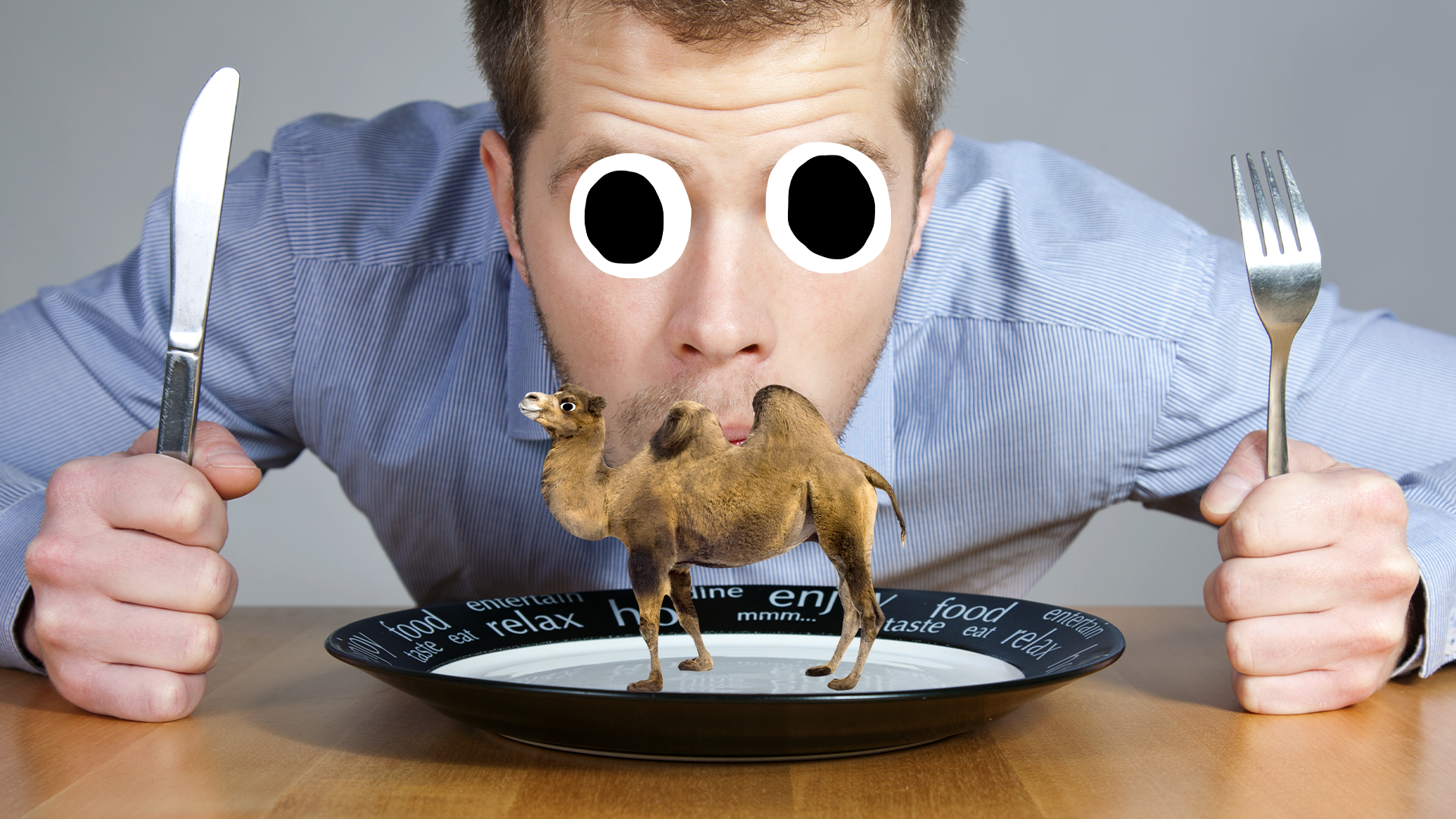
If you REALLY, REALLY want to, you can even eat camel! Camel is a speciality dish in some countries in the Middle East and North Africa. Camels aren't generally bred for taste though, they're pack animals like horses which means they'll probably taste quite tough and lean. But if it's an emergency, it's a good source of protein! Would you eat camel?
14. Camels Have Been Used For Thousands of Years
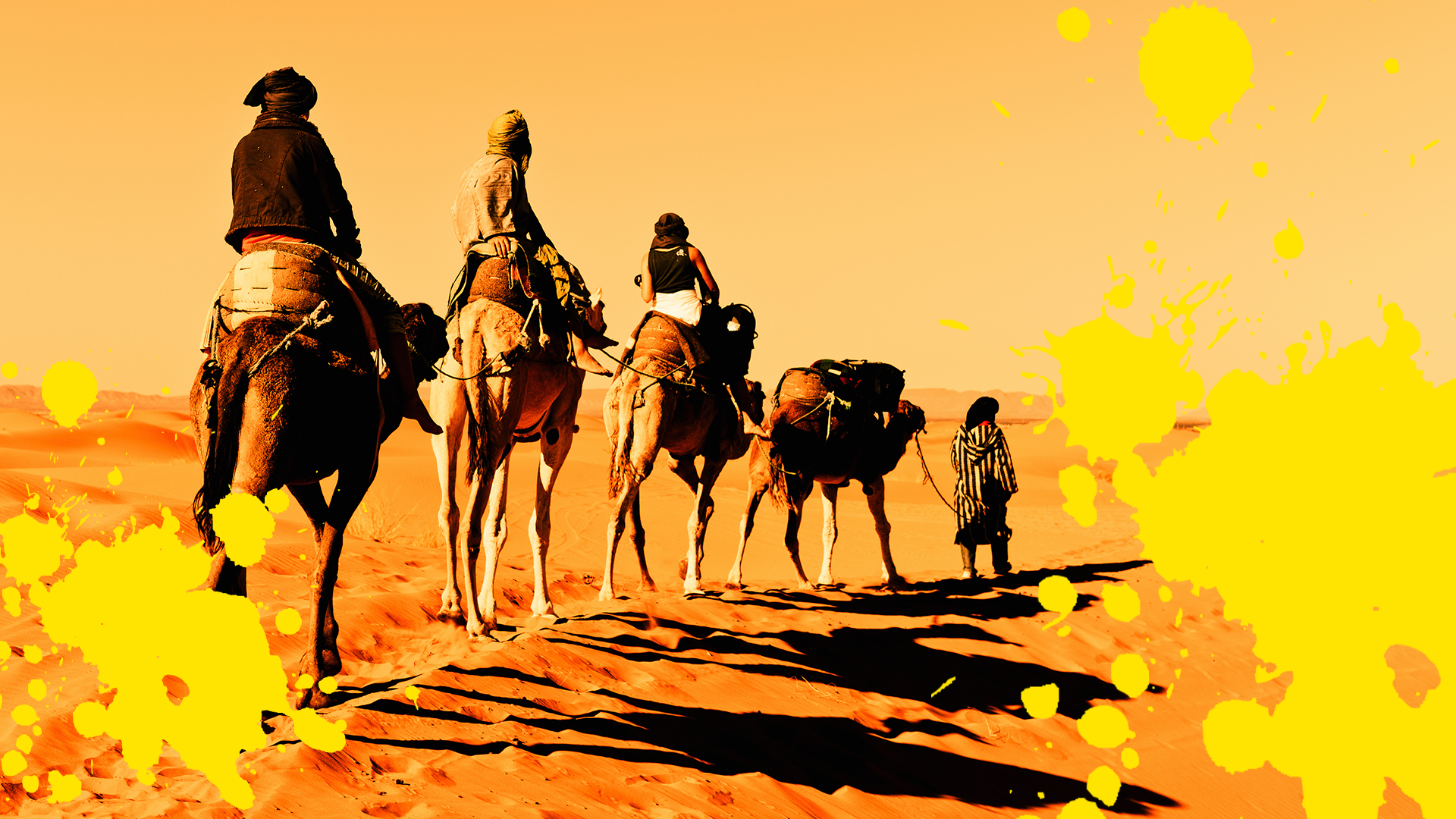
Camels have been around for a very long time, and humans have being using them for thousands of years! Camels pop up in art and literature that's really old, including the bible! They've been used for transport, racing, wool, moving heavy objects, and even drinking their milk! The only downside to camels is they can be quite bad tempered, so make sure to be nice if you're trying to get on their good side!
15. A Camel Baby is Called A Calf
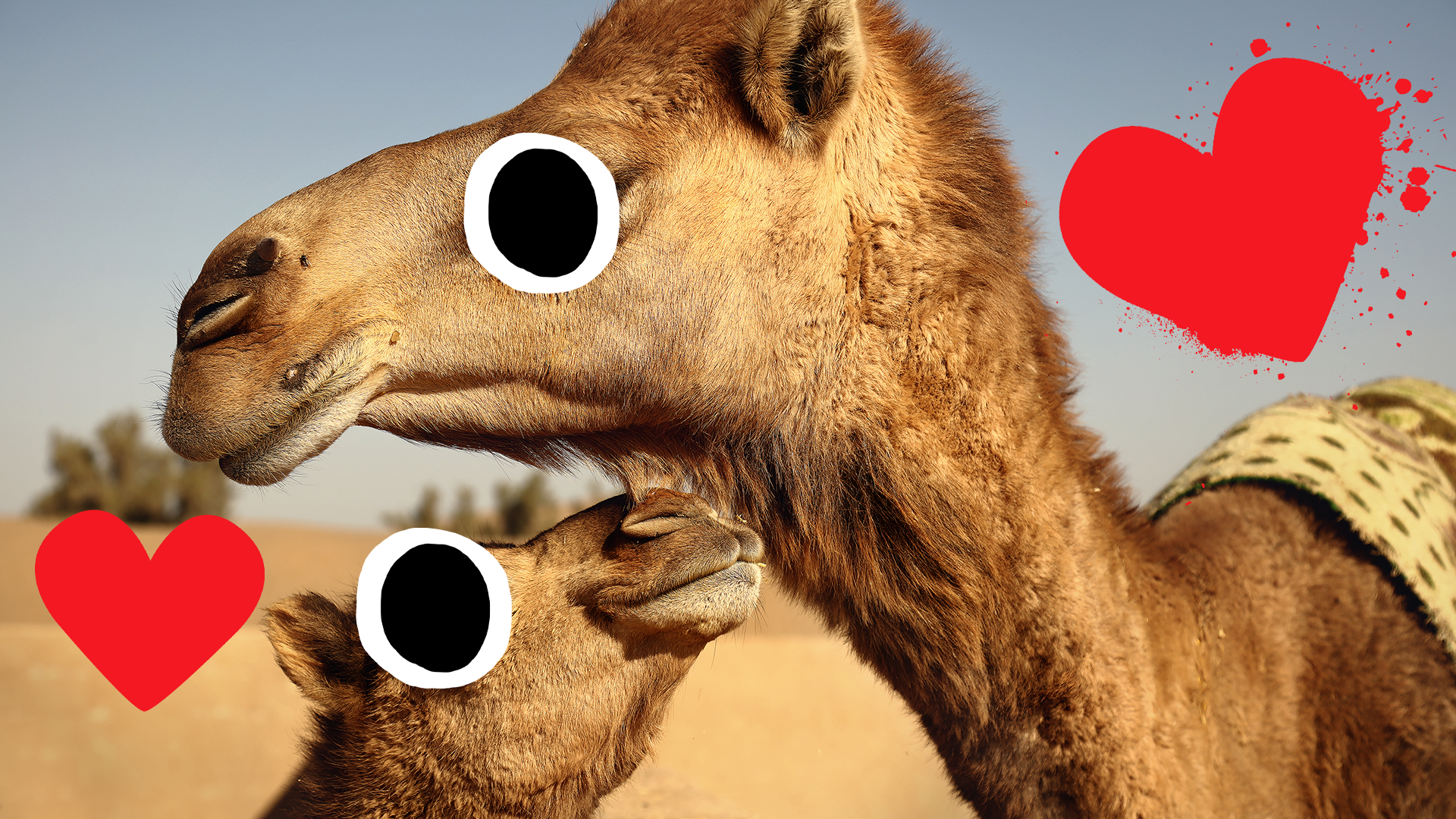
Baby camels are called calves, and their mums carry them for about 14 month on average, which is several months longer than humans and one of the longest gestation periods of any animal! When they're born, they don't have humps, but will quickly start to stand up and walk - in about 30 minutes! They will then stay with their mum for a couple of years, learning the ropes, before embarking on their own journey.
















